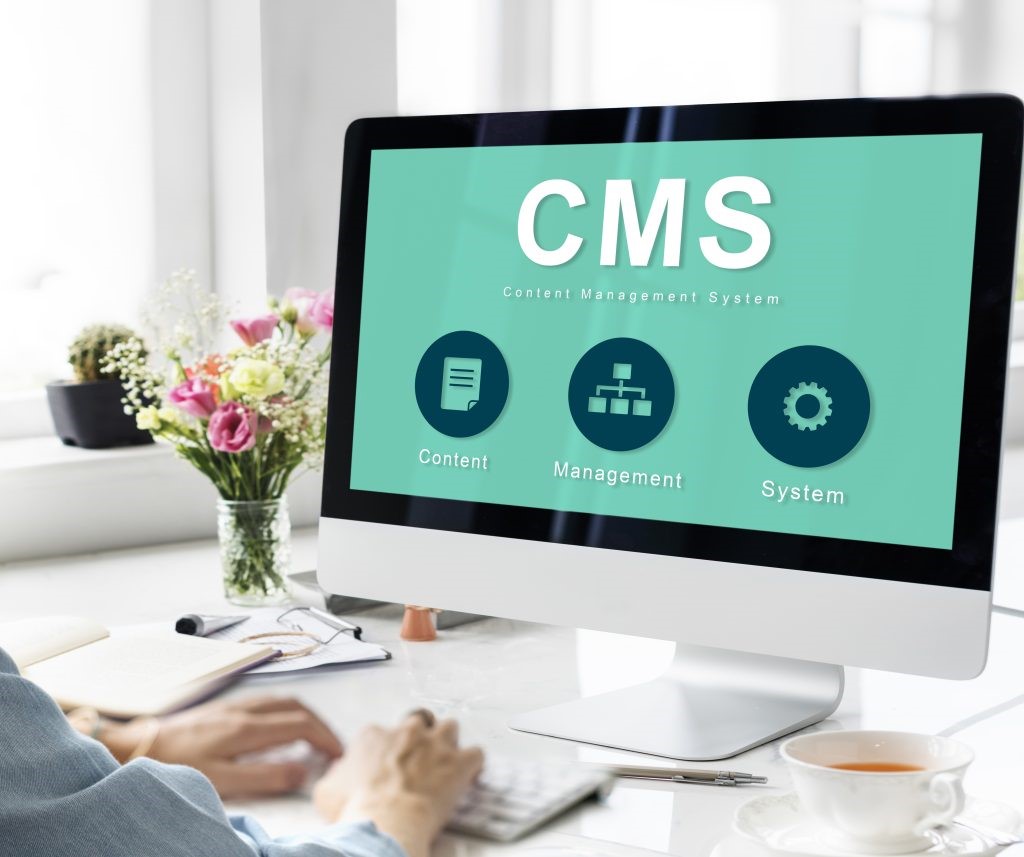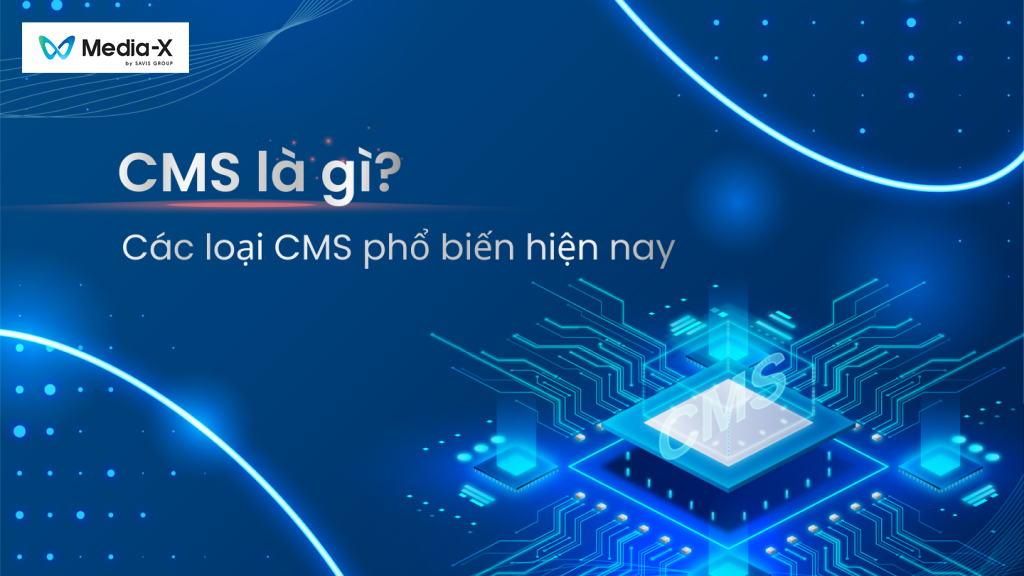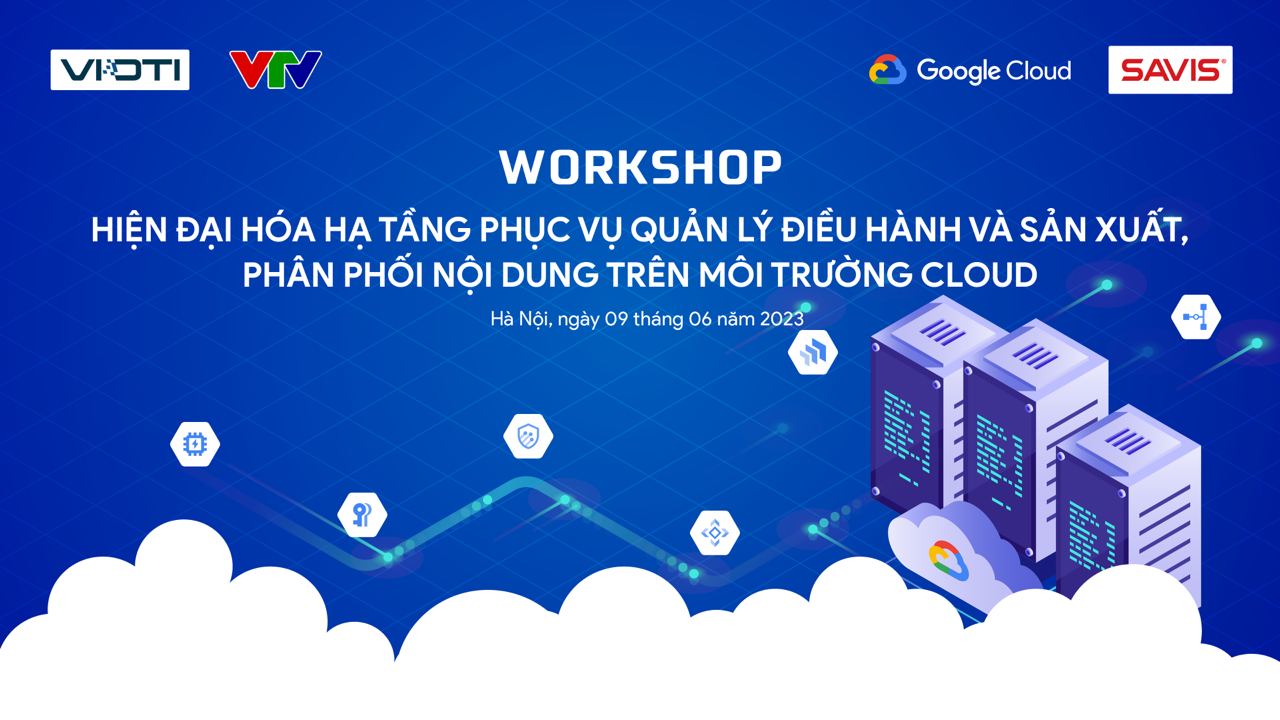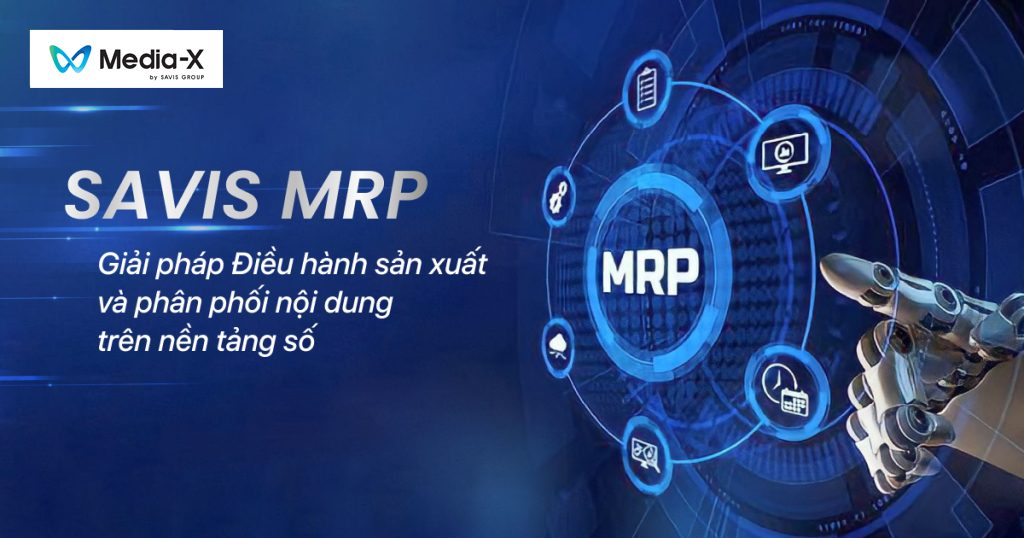CMS is a quite popular content management system, especially for content administrators on online platforms. In this article, SAVIS provides general knowledge about the CMS system and popular types of CMS today.
What is CMS?
CMS (Content Management System) is a content management system that helps manage developers’ content easily.
The CMS system has the functions of creating, editing, reporting, distributing and controlling all activities related to information and content, specifically electronic news, newspapers or images, videos and other types of materials. With CMS, users save management time and optimize system operating and maintenance costs.
Functions of CMS
Create and store content
CMS allows you to create desired content on online channels, in many different formats such as: articles, images, videos, gifs, products, etc. These contents are posted. and long-term storage on the system, only lost when you delete or encounter data problems.
Edit content
This is the basic function of CMS. Users can easily edit content if they detect errors, or update outdated articles with new information.
Share content
The CMS system also helps users share content quickly on social networking platforms or forums. Thanks to additional installed plugins, content sharing is also easier.
Management and delegation of authority
This is an important feature for businesses with many content development personnel. You can easily add new employees, and at the same time assign them rights to positions such as editor, administrator, etc. This function helps administrators easily grasp and manage work.
Popular types of CMS today
Traditional CMS (Traditional CMS)
CMS content management systems appeared in the 2000s according to market needs. Popular platforms like WordPress and Sitecore are designed to store and present content elements such as text, images, videos, etc. on the website.
Traditional CMS is a model that encapsulates an entire monolithic structure, with the frontend (design, interface) and backend (database, code) closely linked together. This is the most popular type of CMS, which has dominated the website market for many years. Among them are prominent names such as WordPress, Drupal, Joomla, Sitecore,…
Advantage:
- Stable system, easy to manage all content
- Simple operation, easy to understand, no programming knowledge required to use
- Many interfaces and templates available
- Optimal performance with local commands
- Low cost
Limit:
- Only developed on the website, due to no API, leading to limitations in multi-channel content management and distribution
- Lack of flexibility in structural customization, limiting creative expression and user experience
- Due to the strictness of the structure, it is difficult to expand the scale
- Vulnerable to cyber attacks

Headless CMS
Headless CMS is an API-first system. In particular, the development and content storage management and display and distribution parts are separated from each other. The term “headless” means that the CMS will not have a fixed user interface or display environment.
Programmers have full authority to build and design the language, technology platform, and interface according to their needs. This gives the flexibility to display your content in as many ways as possible, for example on mobile apps, smartwatches, tablets, websites, etc.
Thanks to that, Headless CMS helps customize content and create multi-channel, multi-platform, multi-device expression easily, not limited to websites like traditional CMS.
If developers are looking to create top-notch content experiences, then Headless CMS is the right choice.
Advantage
- Support multi-channel delivery architecture from a single backend
- Flexible, can use tools and frameworks to create different display forms, increasing user experience
- Easy scalability and customization
- Integrate applications securely.
- Distribute content quickly
- Easily integrate with 4.0 technologies such as Big Data, AI, apps, kiosks, virtual reality (VR),…
Content platform
The next development step of CMS is to become an All-in-one content platform – Content Platform. The system is capable of distributing, promoting, and reporting comprehensive content on multiple channels and devices. This will create a major development in administration, centralized integrated content distribution, effective management and saving time and costs.
If Headless CMS stores unstructured content, Content platform is a step forward when structuring content scientifically for easy search, management and reuse.
Headless CMS and Content Platform are two types of CMS that are new development trends, gradually replacing traditional CMS that are no longer suitable for the new needs of readers – a generation of readers who entertain on multiple platforms and channels. , multi-device, diverse forms. Contact us for more information about the CMS system HERE



